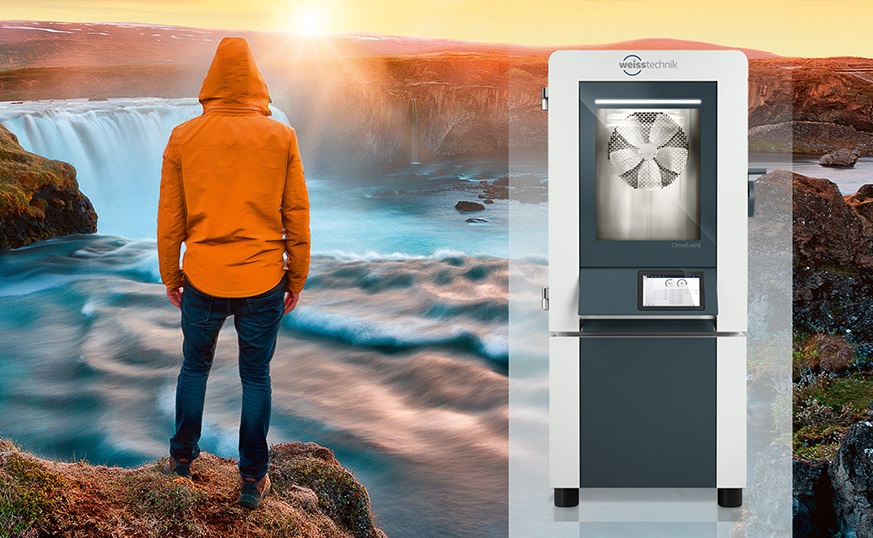New generation of ClimeEvent products represent the changing applications in which climatic test chambers are being used
Six years after Weisstechnik released its ClimeEvent series of climatic test chambers, the company now has its second generation available. The climatic test chambers of the new ClimeEvent series have been designed to meet customer requirements and have been completely revised technically, visually and functionally as a result of the practical experiences which have been acquired.
Since the first ClimeEvent units came on the market, the world of climatic testing has changed significantly: Increasingly demanding end customers have led to ever more complex testing requirements. With new refrigerants, new control software and optional storage, the company is now able to offer the second, completely revised generation of machines.
“Nowadays, it is no longer enough to offer a robust and reliable test chamber, which is something that is expected. Our customers need comprehensive testing systems that simplify their day-to-day testing and actively support them, such as our new ClimeEvent test chambers,” explains Ralph Theiss, Standard Product Manager at weisstechnik.
Test and Development
The success story of the ClimeEvent series includes tens of thousands of test chambers that are used in development departments, test laboratories and quality assurance departments worldwide. With so many test chambers in use, a wide range of feedback is received from day-to-day testing.
“We have continuously evaluated this feedback and used it as a starting point for the ongoing development of the ClimeEvent family. It was important for us to answer everyday, practical use cases with a user-oriented, technical approach and to provide users with something of real added value,” continues Theiss.
The result is a new design, which is configured for users in test laboratories. The control panel, which has been enlarged from 7″ to 10″, is equipped with a faster processor, improves the user’s overview and increases ease of use. The retractable design integrated into the front of the unit means that it is better protected against external mechanical influences. The design of the top edge conceals all of the test chamber’s fittings. There is extra storage space on the side of the unit for test equipment such as data loggers, laptops, grid shelves, cables or access port plugs. This ensures a tidy testing environment and increased occupational safety. The front screen, which can be darkened at the push of a button using electrochromic technology, is a technological innovation. This means the test specimen can be protected from unwelcome eyes – ideal for laboratories that have to comply with confidentiality agreements.
The test chambers have also been fundamentally revised in terms of their testing technology. This includes optimised water management with a 27-litre storage tank that displays the remaining amount of deionised water on the control panel and also indicates the expected running time. The water bath has also been enlarged, which increases the humidification capacity to such an extent that demanding climatic tests such as the K15 of the LV124 (BMW condensation test) are now also possible without additional humidification. The new patented absolute humidity control enables even more control accuracy, even at high dew points. This new type of control reduces thermodynamically induced deviations during climate changes and the transient amplitudes of the humidity values, while also achieving faster rates of humidity change. The result is reproducible test conditions with a new level of precision.
- UK manufacturing steps up to COVID-19 crisis - April 2, 2020
- Clustering Innovation - March 12, 2020
- A Global Monitor - March 6, 2020

